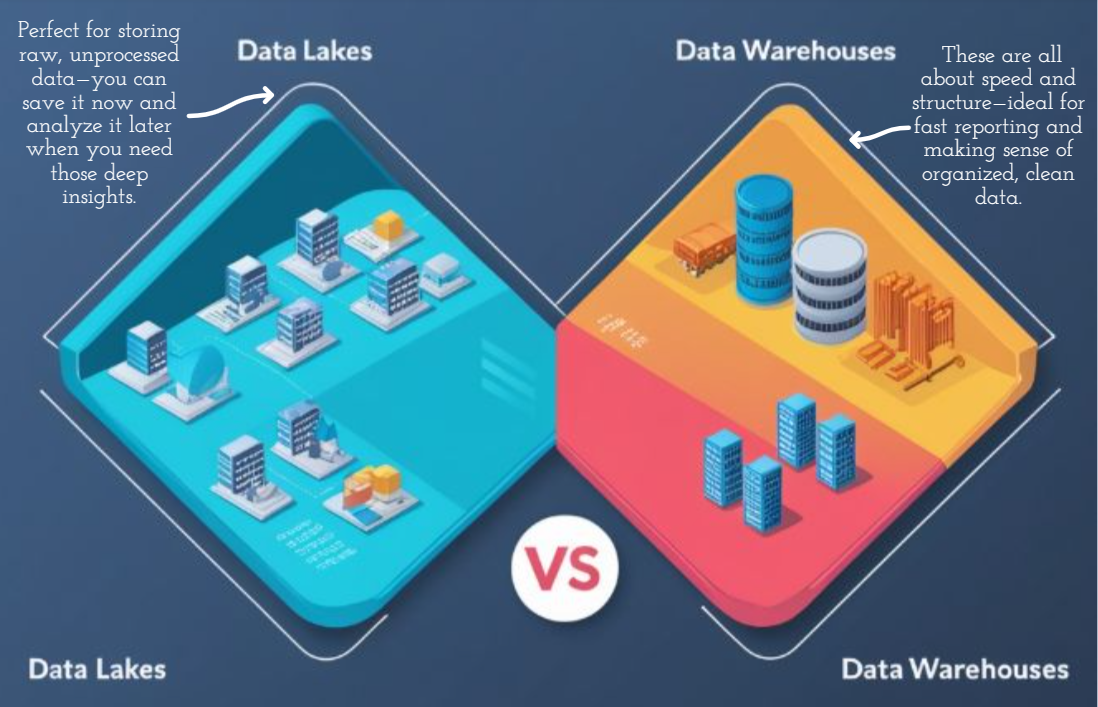In today’s fast-paced digital landscape, the demand for rapid software delivery has never been higher. To stay competitive, businesses need to evolve, and this is where DevOps comes into play. But what exactly is DevOps, and how can your business start implementing this transformative culture?
What Is DevOps?
DevOps is more than just a set of tools or practices—it’s a cultural shift. It bridges the gap between development (Dev) and operations (Ops), promoting collaboration, automation, and continuous delivery. The goal is to shorten the software development lifecycle, improve product quality, and deliver features more efficiently to customers.
While the end goal sounds promising, adopting DevOps requires more than just installing new software. It demands a shift in mindset, processes, and even company structure. Here are the first steps to help you begin this journey.
Step 1: Foster a Collaborative Environment
At the heart of DevOps is collaboration. For years, development and operations teams have worked in silos, often leading to miscommunication, bottlenecks, and slow delivery. To implement a successful DevOps culture, you need to break down these barriers and encourage cross-functional teamwork.
Start by:
- Aligning goals: Ensure that both development and operations share common objectives, such as faster deployment or higher reliability.
- Cross-training teams: Empower your employees to learn about the challenges and responsibilities of the other side. This can help build empathy and cooperation.
- Encouraging open communication: Hold regular meetings where teams can share feedback and insights to ensure everyone is aligned.
Step 2: Automate Repetitive Processes
Automation is a key principle of DevOps. It reduces human error, increases efficiency, and speeds up delivery. The first step in automation is identifying manual, repetitive tasks that slow down your workflow—such as code testing, deployment, and monitoring.
Some common areas to automate include:
- Continuous Integration (CI): Automatically merge and test code changes from different developers to ensure compatibility.
- Continuous Deployment (CD): Deploy code changes automatically to staging or production environments.
- Monitoring and Alerting: Use tools to automatically monitor systems and trigger alerts when issues arise, allowing teams to respond more quickly.
By automating these processes, your team can focus on higher-level tasks and spend less time on manual chores.
Step 3: Implement Continuous Feedback
DevOps thrives on continuous improvement, which means gathering and acting on feedback at every stage of the development lifecycle. This involves not only internal feedback but also feedback from customers and stakeholders.
To do this effectively:
- Monitor performance metrics: Keep an eye on key performance indicators (KPIs), such as system uptime, response times, and deployment frequency.
- Set up feedback loops: Create clear channels for communication between development, operations, and customers. This ensures that feedback is heard and acted upon quickly.
- Iterate: Use feedback to make incremental improvements. Small, frequent changes are easier to implement and can have a significant cumulative impact over time.
Step 4: Embrace a Culture of Accountability
One of the critical shifts in DevOps is moving away from a blame culture. In a DevOps environment, teams take collective responsibility for their work, from code development to deployment and monitoring. If something breaks, the team fixes it together.
To foster accountability:
- Encourage ownership: Let developers own the end-to-end process of building, testing, deploying, and supporting their code.
- Blameless post-mortems: When issues arise, focus on solutions rather than blaming individuals. This encourages innovation and continuous improvement without fear of failure.
- Celebrate successes and learn from failures: Acknowledge both victories and setbacks to foster a learning environment.
Step 5: Start Small and Scale
Implementing DevOps is a marathon, not a sprint. Don’t try to overhaul your entire organization at once. Instead, pick a small project or team to pilot DevOps practices. Learn from the experience, make adjustments, and scale those practices gradually across your organization.
For instance, you can start by:
- Creating a small DevOps team: Bring together a group of developers and operations professionals to experiment with DevOps methodologies on a specific project.
- Choosing the right tools: Invest in tools that support collaboration, automation, and monitoring—such as Jenkins for CI/CD, Docker for containerization, and Kubernetes for orchestration.
- Measuring success: Keep track of improvements in deployment speed, system reliability, and team collaboration. Use these metrics to showcase the benefits of DevOps to the rest of the organization.
Conclusion
Transforming your business with DevOps isn’t just about adopting new tools—it’s about changing how your teams work together. By fostering collaboration, automating processes, and focusing on continuous feedback and accountability, you can create a more agile and efficient organization that’s capable of delivering value faster to customers.
While the journey may seem daunting, taking small steps can yield significant results over time. Remember, DevOps is not a one-size-fits-all solution. Customize these steps to fit your organization’s unique needs and watch as your business evolves into a more collaborative, innovative, and customer-focused enterprise.




